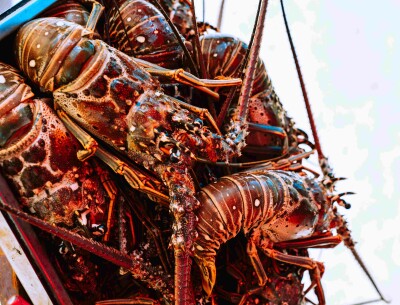OXFORD, Md. -- "Fish on!" called P.J. Klavon, as he reached for a trap hauled from the placid waters of the Tred Avon River. Inside the black metal cage wriggled a single white perch, a safe distance from a blue crab.
The fish weren't exactly jumping into the Bay Commitment, a 41-foot research vessel owned by the National Oceanic and Atmospheric Administration. After a morning's work collecting more than 100 traps set in the river the day before, the vessel's crew had seen barely a half-bushel of crabs, fewer than two dozen fish and a single eel. Klavon, a lieutenant junior grade in NOAA's uniformed service, didn't have many opportunities to sing out.
Fortunately for these trappers, they were fishing for science, not a living. And all their catch went back into the water to live another day after being painstakingly measured and tallied.
The Tred Avon is targeted for a $14.3 million oyster restoration effort, jointly underwritten by Maryland and the federal government, to begin later this year. The NOAA vessel has been fishing the river monthly from spring through fall since last year to see how many fish and crabs hang out in the water near Oxford.
"We're trying to determine if oyster reef restoration increases the numbers and diversity of fish," said David G. Bruce, an ecologist with NOAA's Chesapeake Bay office. "What are the benefits, aside from increasing the numbers of oysters, provided by this very large federal and state effort?"
Read the full story at Sacramento Bee>>
Want to read more about oysters? Click here…






